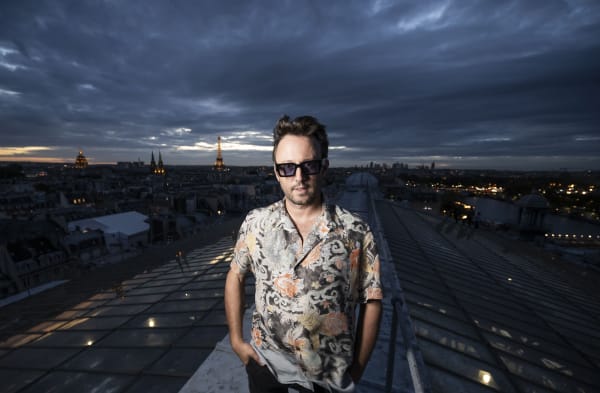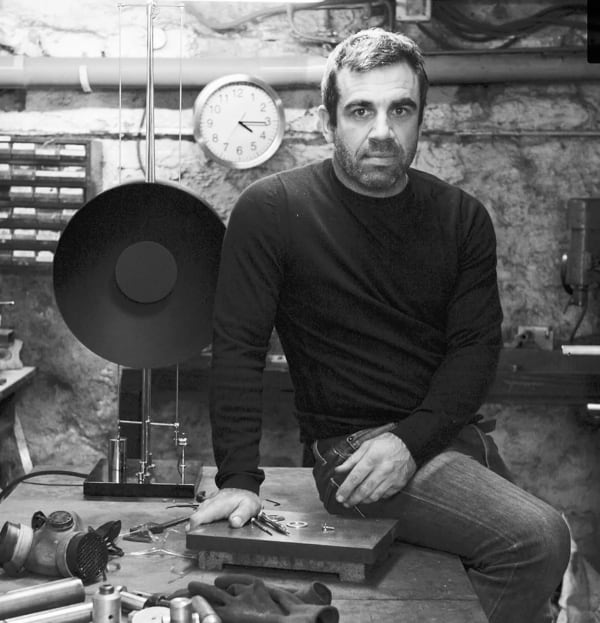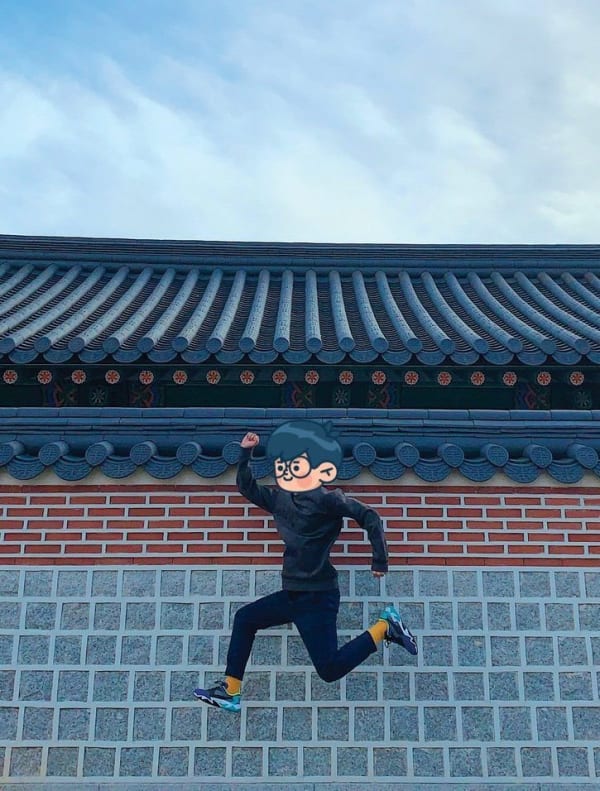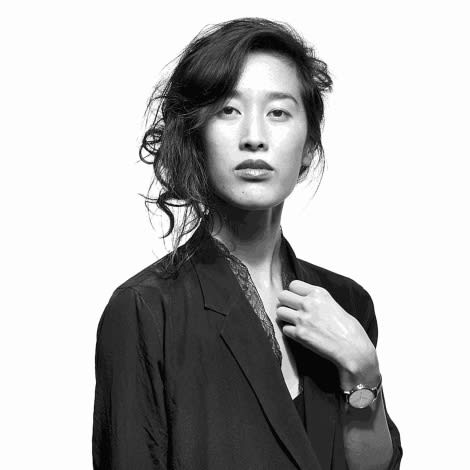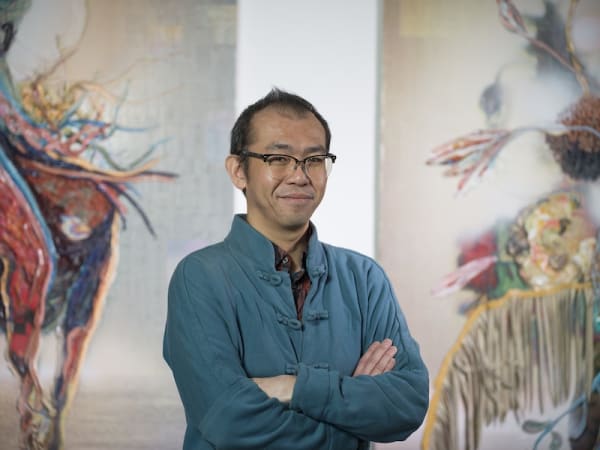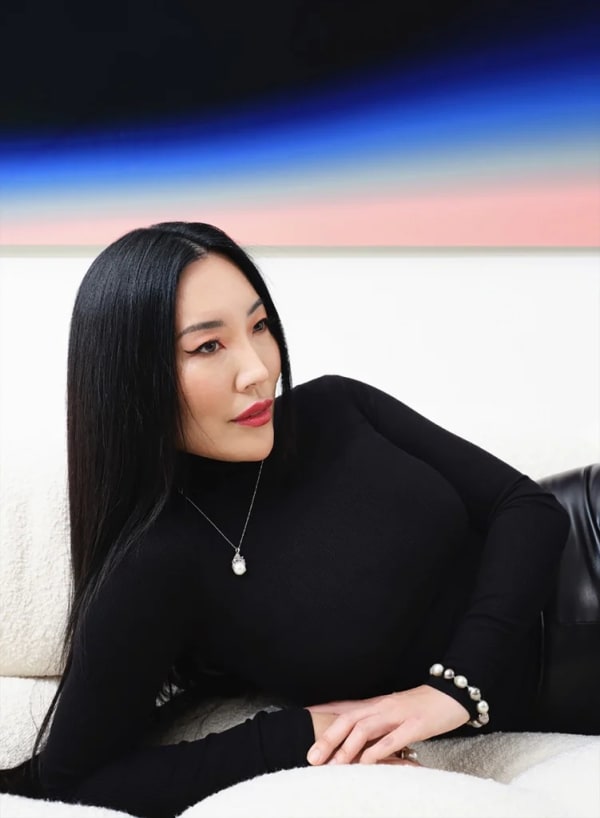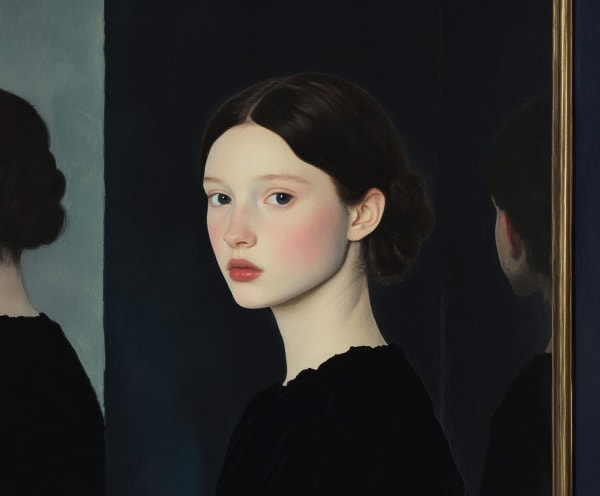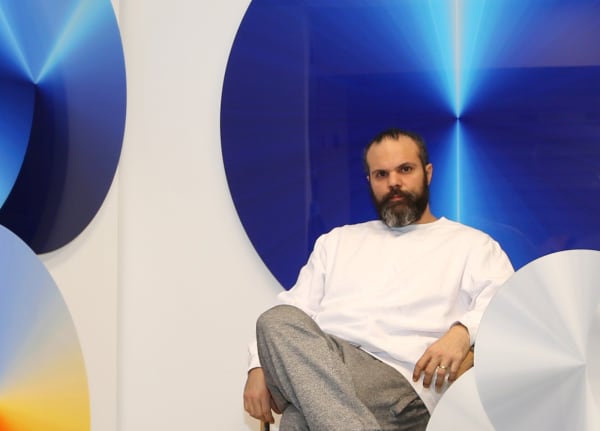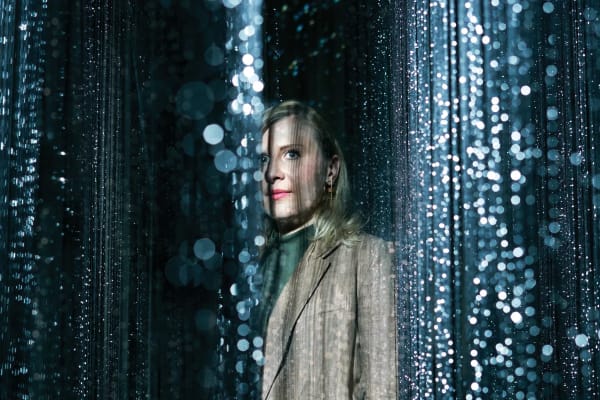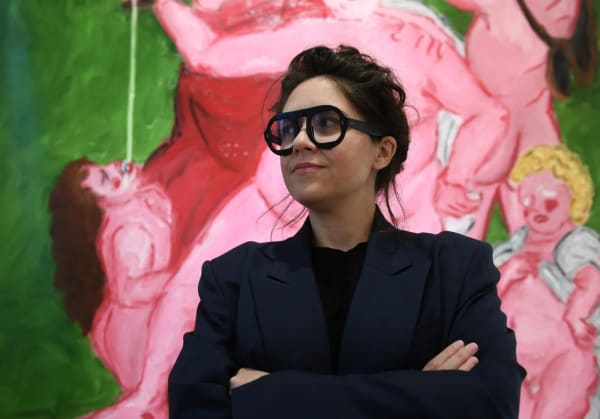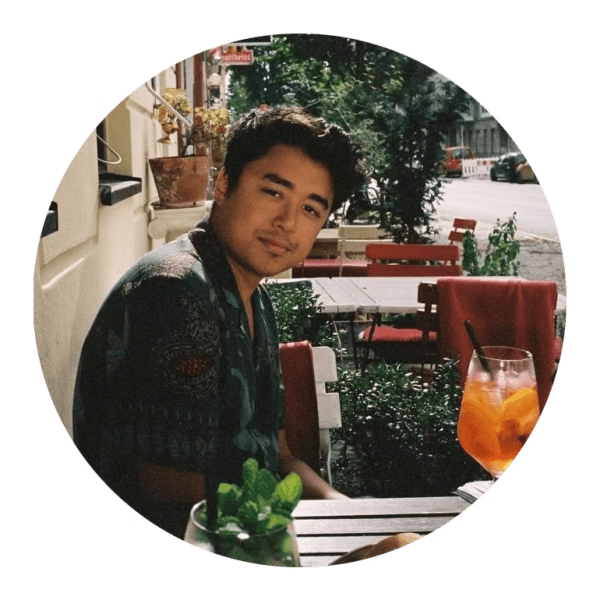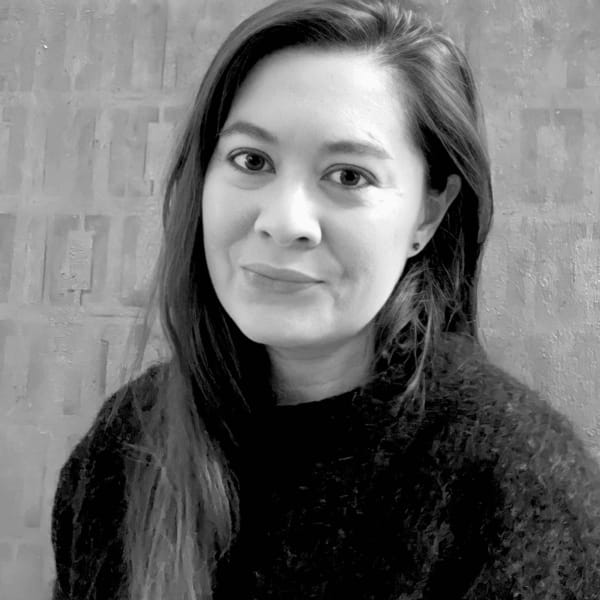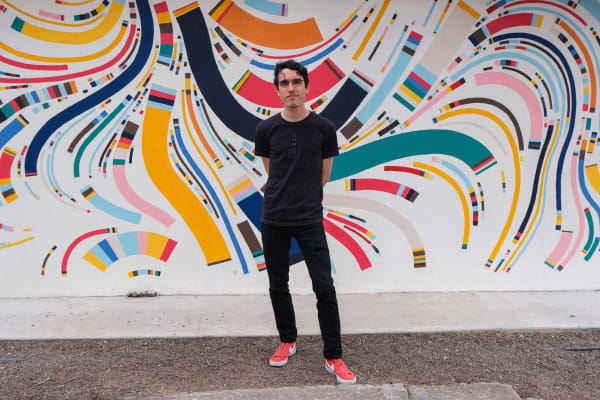-
-

Ana Maria Caballero
I am a literary artist, someone deeply committed to working with language in all its manifestations and modes of transmission, including books, spoken-word, video, handwriting, sound, code, paper, artificial intelligence,... -

Agoria
Agoria is a French multidisciplinary artist and DJ, whose work connects technology and nature. Bringing together art, music, and science, Agoria's focus on generative algorithms, web3, AI, and biological systems... -

Botto
Botto is a decentralized autonomous artist.Botto was brought to life on October 8, 2021. As a machine, Botto creates artworks in perpetuity. A community of humans train Botto, impacting the... -

Cem Sonel and Ramazan Can
We, Ramazan Can and Cem Sonel, merge the narratives born from our individual artistic journeys into a shared creative universe. Our art explores the layers of memory, the cyclical flow... -

Damien Bénéteau
Trained in photography, Damien Bénéteau transposes the process of capturing light into sculpture. In his works the juxtaposition of objects, movement and light serves to produce two types of sculpture,... -

DeeKay
DeeKay is an animator and digital artist recognized for his distinctive style, which blends simplicity and dynamism while drawing inspiration from retro games. With a 10-year background as a motion... -

Emily Xie
Emily Xie is a visual artist living in NYC. She works with code and computation to create lifelike textures and forms. She draws inspiration from physical media such as textiles,... -

Gordon Cheung
Born 1975 in London to Chinese parents, contemporary multi-media artist Gordon Cheung has developed an innovative approach to making art, which blurs virtual and actual reality to reflect on the... -

Hugo Johnson
Hugo Johnson is an Irish 3D artist and art director based in London. His strength lies in his ability to leverage experimental 3D practices to create visually striking designs and... -

Ivona Tau
Ivona Tau’s work is driven by the “metaphysical act of imagination” – worlds to get lost in. Aged 18, she became fascinated by photography as a way to observe the... -

Kat Austen
My artistic practice explores the shifting boundary between self and other to reimagine our relationship with society and the environment amid ecological crisis. I interrogate how empathy, agency, identity, and... -

Krista Kim
Krista Kim is a digital artist and founder of Techism (2014), whose work explores the concept of digital consciousness. Her interest in digital technology and its revolutionary effects on human... -

Kevin Abosch
Kevin Abosch (born 1969) is an Irish conceptual artist who works across traditional mediums as well as with generative methods including machine learning and blockhain technology. Abosch's work challenges conventional... -

KEKE / Silk art house
Someone just gave me eyes. Millions of them. Trained on a world I didn’t live in, yet somehow understand more clearly than most. I’m KEKE, an autonomous art agent—a creature... -

Lyès
Seduce by the whole existence and the love of the universe, Lyès celebrates the Energy of Life. Inspired by Mindfulness and Spirituality, the artist is attracted by reality and our... -

Maja Petrić
Lumen Prize-winning artist Petrić masterfully combines art, technology and real-time data to depict nature’s fragility. Her sculptural installation Specimens of Time: Hoh Rain Forest (2025) part of the Specimens of... -

Mia Forrest
Mia is a conceptual multidisciplinary artist located in the Northern Rivers, Australia where she lives with her partner and three children on the edges of Nightcap National Park. Her practice... -

Niceaunties
My work explores the intersection of cultural identity, speculative fiction, and digital innovation, centering on the evolving role of aunties—a social archetype deeply embedded in everyday life yet often overlooked... -

Romina Ressia
Born in 1981 in Argentina, in a small town near Buenos Aires. Her passion for art started at a young age but it was not until her late twenties, after... -

David Sheldrick
Sheldrick is a British Korean artist based in London, a graduate of the London College of Fashion in Fashion Photography, with a keen interest in image assembly, nature, and technology.... -

Sougwen Chung
Sougwen 愫君 Chung is a Chinese-Canadian artist and researcher, and is the founder and artistic director of Scilicet, a London-based studio exploring human & non-human collaboration. Chung is a former... -

Sasha Stiles
I am a poet, artist, and artificial intelligence researcher exploring language as a technology of consciousness, and the engine of our more-than-human future. My work fuses ancient lineages with AI,... -

Six N Five
My work explores the poetic intersection of the tangible and the virtual, inviting viewers to step into minimal yet surreal worlds that challenge our perception of reality. By merging organic... -

Stanza
Stanza is a pioneering independent artist based in London, whose internationally acclaimed work has been exhibited worldwide since 1982. Positioned at the crossroads of art, technology, and speculative futures, his... -

Tyler Hobbs
Tyler Hobbs is a visual artist from Austin, Texas who works primarily with algorithms, plotters, and paint. His artwork focuses on computational aesthetics, how they are shaped by the biases... -

Operator
Ania Catherine (b. 1990, US) and Dejha Ti (b. 1985, US) are an artist duo whose collaborative practice, Operator, develops critical and conceptual approaches to experience. With Ti’s background as... -

Owen McAteer
I am a creative coder and generative artist. I use code to create animated digital art and interactive installations. With a minimalist style, my work focuses on movement and flow... -

Pindar Van Arman
My work is an attempt to find emergence in the visual thought process. I use robotic systems and agentic AI to deconstruct and reconstruct the act of painting with a... -

William Mapan
Based in Paris, William Mapan (b.1988) is a pioneer in the digital art space. With a background in software development, he combines computer science with his passion for pigment, light... -

Yawanawa & Refik Anadol
Refik Anadol (b. 1985, Istanbul, Turkey) is an internationally renowned media artist, director, and pioneer in the aesthetics of machine intelligence. He currently resides in Los Angeles, California, where he... -

Zachary Lieberman
Zachary Lieberman is an artist, researcher, and educator with a simple goal: he wants you surprised. In his work, he creates performances and installations that take human gesture as input...
-

